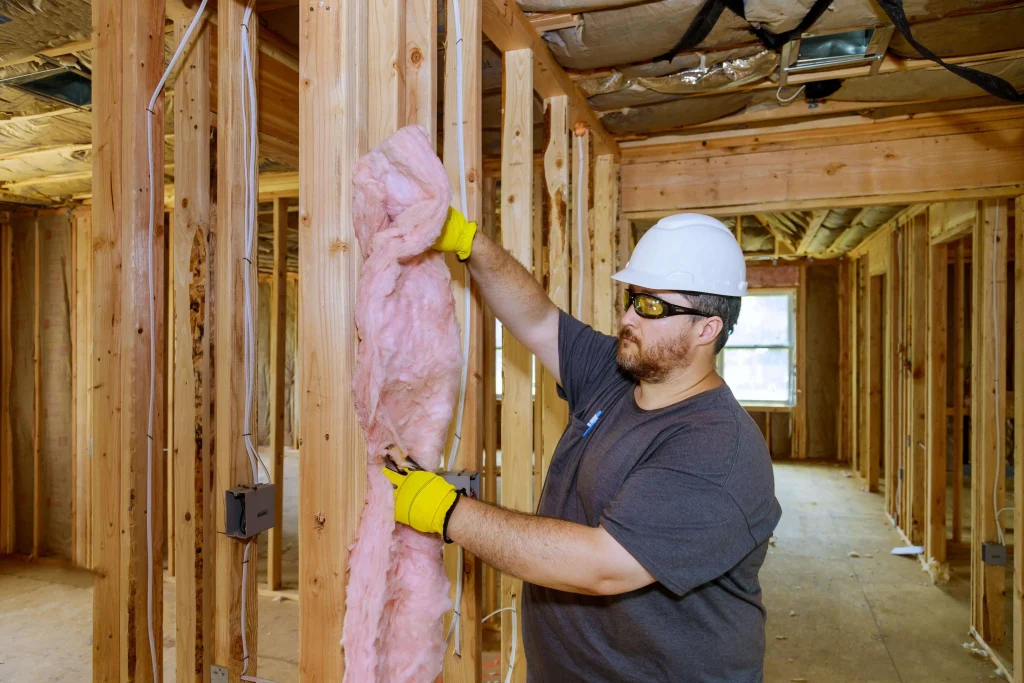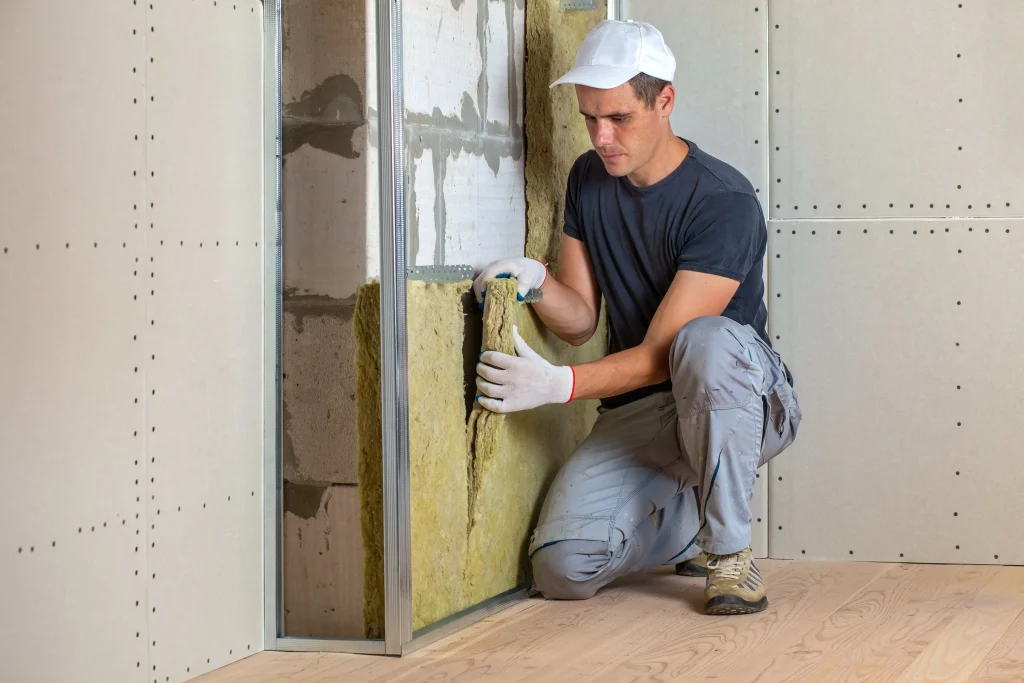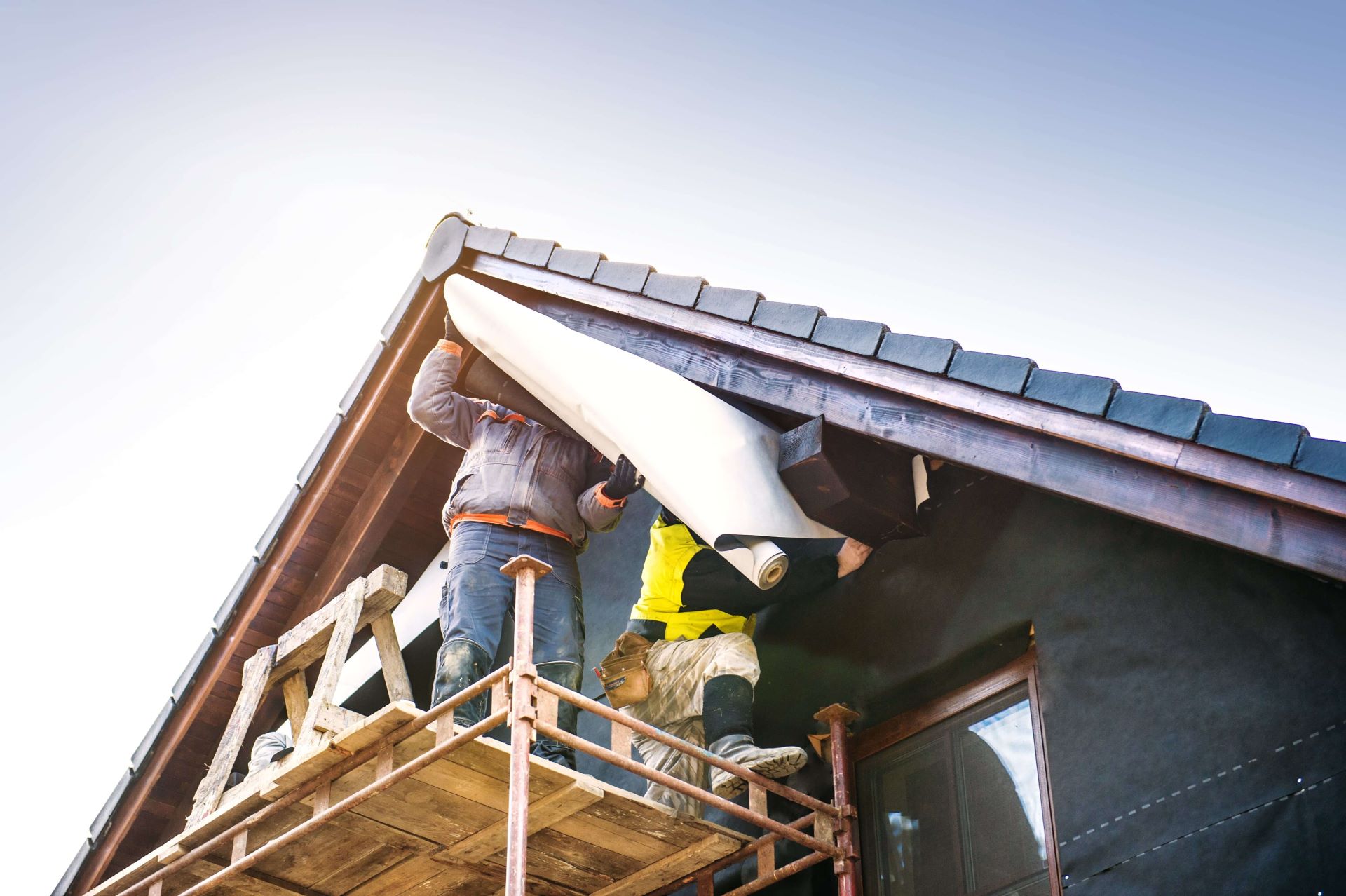Whenever the maintenance of houses and the energy prices are in the same discussion, the topic of home insulation typically comes up; and this is for good reason. Home insulation has many benefits, and many methods of application to help you save both energy and money. Keep reading this blog to learn more about how to do it.
Why Is Home Insulation Important?

Understanding the benefits of home insulation requires understanding how insulation works within a house. To put it simply, heat is energy that is transferred from warmer to colder places, whether the transfer is through solid, liquid, or gas. Home insulation prevents unnecessary heat transfer in your house and lot in Bacoor Cavite that causes heating and cooling bills.
This becomes an issue in homes when, for example, it is the summer season and you are trying to make the inside of your house cooler by having the air conditioner turned on; however, because of the lack of proper insulation, the heat from the outside transfers into the colder areas of your house. Another example is when you are trying to make your house warmer in the cold season, but because of the lack of proper insulation, the heat within your house and lot in Bacoor Cavite transfers to the cold outside.
These two examples present the lack of energy efficiency and the lack of installing insulation that is effective in keeping either cold air or heat inside the house. The issue present in the two examples may also come from not installing insulation that is enough to be energy efficient. Hence, the solution to this issue is to learn how to install insulation materials in your home in order to prevent an unnecessary increase in heating and cooling costs.
How to Implement Proper Home Insulation

Installing insulation in your walls
There are different ways to implement insulation depending on whether your house and lot in Bacoor Cavite are new. If your house is more new than old, then you may install insulation materials like insulated concrete blocks, structural insulated panels, and insulating concrete forms. These materials, like structural insulated panels, have great insulation since the quality of insulation is “built-in” such materials.
On the other hand, for a house that is not that new, blow-in insulation installed with a “dense pack technique” will provide good insulation without having to change much of the existing areas in your house. In case you are renovating or remodeling your house, installing insulation via wet spray cellulose insulation or spray foam can be used.
Although if the renovation of your house and lot in Bacoor Cavite does not involve opening up the insides of your walls (i.e., wall cavities), then injectable spray foam insulation can be instead. If you are installing the spray foam insulation yourself, blanket insulation can be considered; however, it will not provide as much air as spray foam insulation, such as a “two-part spray foam” insulation.
Installing insulation in your floors
You can insulate floors, particularly above spaces in your house that are unconditioned, like unheated garages and crawlspaces. When applying floor insulation above unconditioned spaces, it is important to make sure that any places where air leakage can occur must be sealed (i.e., air sealing). Sealing areas that can cause air leakage is significant because it prevents air from the unconditioned spaces to transfer to conditioned spaces (i.e., the spaces where you move around in your house). Furthermore, you can draw out the floor insulation into the floor joists.
Insulating your attic
Attics have their own approach to being insulated. In already existing attic spaces, whether or not they have dormers, they are insulated by insulating the ceiling and the “studs of the ‘knee’ walls” and “between the studs and rafters of the exterior walls and the roof.” For attic spaces that are unfinished or unfinished attic floors, floor joists are insulated. Generally, insulating the attic in your house and lot in Bacoor Cavite usually requires batt insulation or loose-fill insulation, with loose-fill insulation being the more affordable kind of insulation.
Types of Insulation

Structural Insulated Panels
This kind of insulation comprises the use of a foam board that is 4 to 8 inches thick. The foam board is placed between two structural materials such as oriented standard board. This type of insulation is used in floors, walls, and roofs, because of its great insulating quality.
Insulating Concrete Forms
This type of insulation makes use of hollow-core foam insulation blocks or foam boards that are held together using plastic ties, with the use of steel rods to strengthen the foam boards prior to having concrete poured. Because of this, this kind of insulation is usually used for wall assembly.
Reflective Insulation
This kind of insulation incorporates reflective materials or surfaces, like aluminum foil, into insulation for homes. Because of the reflective quality of reflective insulation, heat transfer is reduced by reflecting radiant heat.
Concrete Block Insulation
Given that concrete blocks are used to build large parts of structures, like walls, there are benefits to implementing insulating materials or adding insulation to them. Unfilled cores can be filled with insulation for this reason. When it comes to applying insulation on foundation walls, it is much more effective when insulation is applied on the interior or exterior of foundation walls, in which insulating the exterior provides the containment of thermal mass.
Blown-In and Loose Fill Insulation
This type of insulation involves the use of insulating materials made up of small particles, allowing such materials to be applied in places where it is generally hard to apply insulation. Common insulating material used for this type of insulation is mineral wool and fiberglass insulation, which are made using waste materials that have been recycled.
Takeaway
The price of living in a house will involve many expenses, a major part of your expenses being energy bills. Although, learning how to be energy efficient will reduce energy bills to become more affordable. In addition, adequate insulation will do more than reduce your cooling and heating bills. Applying proper insulation in your house and lot in Bacoor Cavite will let you prevent unnecessary heat loss in cold climates, and prevent unwanted loss of cool air in hotter seasons.
Read more: Making your Home an “All Weather Property”


